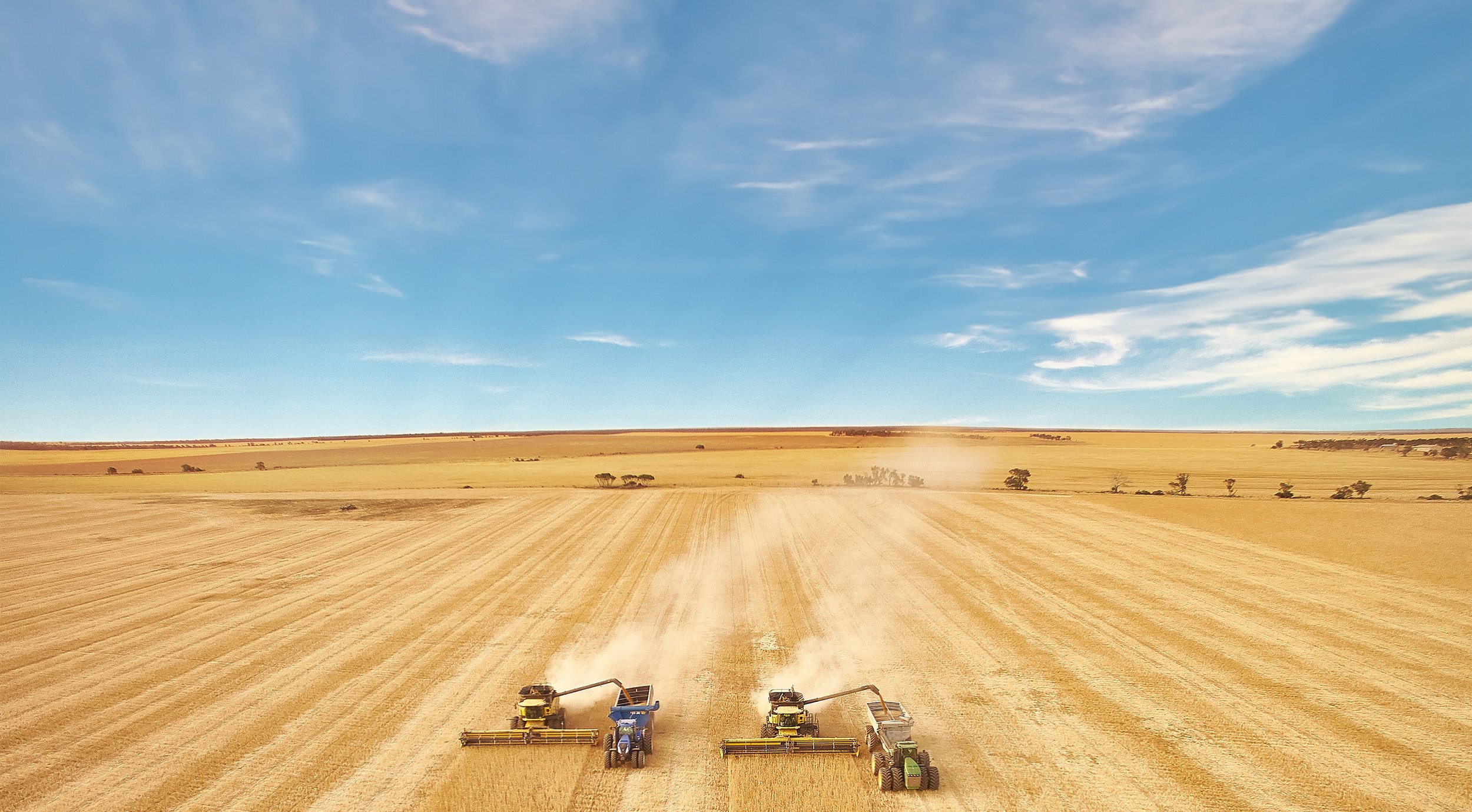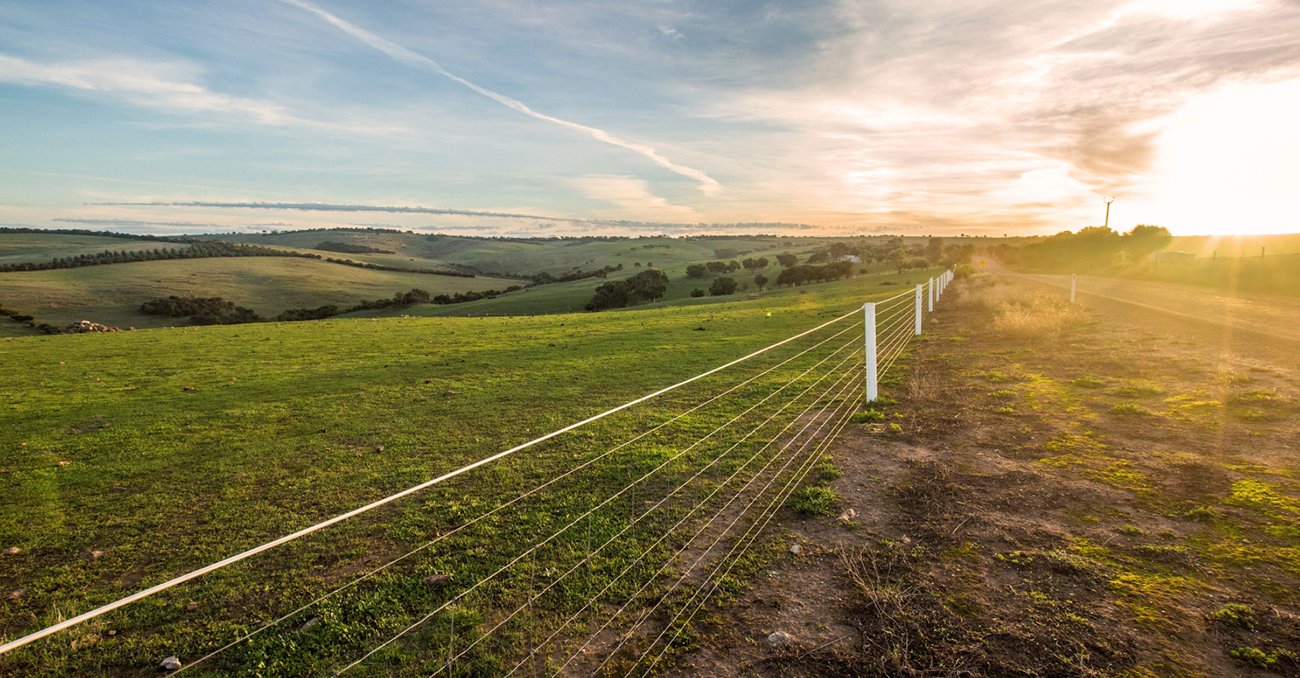
Working together for Eyre Peninsula.

The Plan.
On 3 March 2025 The Eyre Peninsula Regional Drought Resilience Plan (EPRDRP) was endorsed by the Australian Government.
Regional Development Australia Eyre Peninsula in partnership with the Eyre Peninsula Local Government Association, Eyre Peninsula Landscape Board, and Ag Innovation and Research Eyre Peninsula has developed the Plan for the Eyre Peninsula. This Plan was part of the Australian Government’s Regional Drought Resilience Planning Program through the Future Drought Fund, which is being administered by the Department of Primary Industries and Regions in South Australia.
The Plan is important as it will help unlock Australian Government and other funding streams for drought resilience programs, projects and initiatives to be undertaken on the Eyre Peninsula, as it identifies strategies and opportunities to help the region prepare for, respond to, and recover from drought, variability and changing patterns of rainfall.
You can view the Plan here
In particular, the Plan aims to build drought resilience of the agricultural sector and allied industries, while taking a systems thinking approach which recognises that agriculture on the Eyre Peninsula does not occur in isolation, and what happens on farms has flow on impacts to communities, the natural environment and regional economy.
Drought can impact the agricultural sector and supporting industries, communities, natural environment, economies and infrastructure in many ways.
Drought is not new to the Eyre Peninsula, nor is variability and changing patterns of rainfall. This has been evident as changing seasonal rainfall patterns have impacted crop seeding and other activities on the Eyre Peninsula. Farmers on the Eyre Peninsula are also not new to adapting to changing conditions. They have a long history of being leaders and innovators in developing enhanced and new ways to sustain their farms during times of reduced rainfall and drought or other challenges.
There are many factors that make individuals, communities and regions resilient to drought. The Eyre Peninsula already has a range of features/characteristics that contribute to its resilience which can be further leveraged and strengthened. There are also new opportunities to be realised. These include what can be done before a drought occurs to build resilience and improve the ability of individuals, farms, communities and the region to manage through drought and recover, remaining sustainable over the longer term.
The RDR Plan is not just about what can be done collectively to build drought resilience of the region. It is also about what can be done individually at a household and farm scale and in communities to be drought resilient.
These include initiatives to build community connectedness and wellbeing, help locals learn the skills they need to adapt their businesses to drought conditions, reduce total grazing pressure or adapt cropping practises during drought times, investing in infrastructure and services, fund on-ground community projects, creating the time and space to develop meaningful shared connections and partnerships with First Nations peoples, and much more.
The region
For the purposes of this Plan, the Eyre Peninsula region encompasses the 11 Eyre Peninsula Councils.
We acknowledge and pay our respects to the First Nations peoples of this region who will continue to be consulted as part of this Plan.
Advisory Group
The Eyre Peninsula Drought Resilience Advisory Group was established to deliver the Eyre Peninsula Regional Drought Resilience Plan.
The Advisory Group comprised Regional Development Australia Eyre Peninsula, Eyre Peninsula Landscape Board, Ag Innovation & Research Eyre Peninsula, Primary Industries and Regions South Australia and the SA Drought Hub.
The Advisory Group led the project, contributing their deep local expertise and established regional relationships to the plan’s development. Environment, engagement and strategic planning specialists URPS were engaged to prepare the Plan and deliver the associated stakeholder and community engagement.
With the Plan now delivered, the Advisory Group will coordinate and support project funding applications and project delivery to avoid duplication of effort and maximise local and regional benefits.
The Group will continue to meet regularly to maintain an ongoing shared understanding of emerging issues, report on progress of actions and track all related funding applications.
Funding source
This project is part of the Regional Drought Resilience Planning program and is jointly funded through the Australian Government’s Future Drought Fund and the Government of South Australia.
The Eyre Peninsula is one of many regions across Australia to prepare a Regional Drought Resilience Plan through the Future Drought Fund.
The process
The Eyre Peninsula Regional Drought Resilience Plan was prepared by combining regional experiences, knowledge and priorities with a strong literature and evidence base.
We wanted to build on what we already have and knew. By learning from what has or hasn’t worked well in the past, we can drive meaningful change.
We know that every region needs a highly tailored approach, and that a one-size-fits-all approach will never work. That’s why listening to our communities to understand exactly what they need was such an important part of preparing the Plan.
The project had four key phases.
Phase 1:
Literature review and stakeholder and community engagement
June – July 2024
Desktop review of regional plans, strategies, projects and research, and literature on leading resilience practice, planning and implementation.
Key informant interviews with the experts including technical experts in drought, farming, agri-business, community development, natural resource management and economic development, local organisations who work in the region on a daily basis, and drought resilience planners from other regions around Australia.
Regional forums in each of the 11 Local Government Areas across the Eyre Peninsula
Online forum/s
Online survey
Phase 2:
Developing the Draft Regional Drought Resilience Plan
July – August 2024
Writing the draft Eyre Peninsula Regional Drought Resilience Plan using the findings of phase 1 of the project.
Phase 3:
Review, refine and accept
August 2024 – March 2025
Gathering feedback on the draft Plan from our stakeholders, communities, State Government, CSIRO and the Australian Government.
Phase 4:
Implementation
April 2025 - ongoing
Post approval by the Minister for Agriculture, Fisheries and Forestry, the implementation of the Plan begins.
Adjusting the Plan to ensure that it meets the needs of all stakeholders and community members moving forward.
Reporting to the Australian and State Government on the Plan’s implementation.
This program is jointly funded through the Australian Government’s Future Drought Fund and the Government of South Australia.










